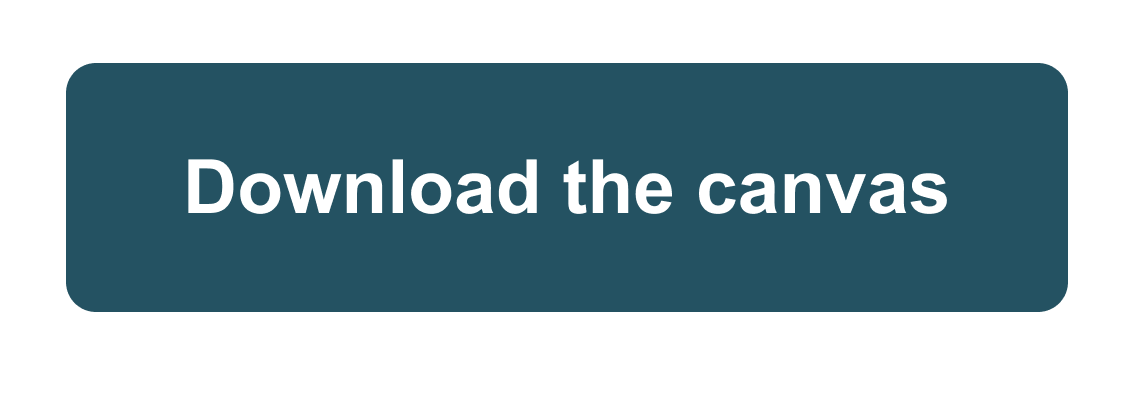Method Description for Context Map Canvas.
The Context Map Canvas is a strategic tool used to visualize and understand the external environment. It helps teams identify key influences, such as demographic trends, economy and environment, policies, technology trends, and citizen needs. By mapping external influences, teams can better anticipate challenges and uncertainties, spot opportunities, and align climate strategies and actions with the broader context.
Name of Method
Type/Level of Method
Challenges
This includes the context from demographic, technological, economical, environmental perspectives and well as that of law and public need. Hence it may be applied to study a wide range of challenges.
Problem, Purpose and Needs
When most teams begin to unpack the context of their project or organization, they take a myopic point of view that is rooted in the here and now. The context canvas helps a team expand their thinking beyond the boundaries of their project, services and organisation, to have a deeper conversation about what is relevant in the world and the foreseeable changes that will affect the project in the future.
Relevance to Climate Neutrality
Challenges
Thematic Areas
Impact Goals
Issue Complexity
Issue Polarisation
Enabling Condition
Essential Considerations for Commissioning Authorities
Engagement Journey
- To self assess
- To define the problem(s)
- To decide on action, learning and embedding
Governance Models and Approaches
Enabling Conditions
Democratic Purpose
Spectrum of participation
Communication Channels
Actors and Stakeholder Relationships
The context map is primarily for an internal understanding amongst the project teams and might not necessarily involve the stakeholders.
Participant Numbers
Actors and Stakeholders
Participant Recruitment
Interaction between participants
Format
Social Innovation Development Stage
Scope
Time commitment
The deliberation process within the team can take over multiple days. The canvas starts to add real value after it has been revisited a couple of times. The first time using the canvas will serve to capture the top-of-mind external environment trends. As it is revisited - and used in conjunction with other strategy tools - it becomes easier for team members to add evidence for trends, or to actively hunt for trends that were not identified the first time.
Resources and Investments
Typical duration
Resources and Investments
In-house
Step by Step
The best way to use this Context Canvas is to break the team up into smaller sub-teams, and to assign each team a couple of sections of the canvas. Each sub-team has a deep meaningful discussion about what is going on in the world regarding the assigned section(s). Once all sub-teams are finished discussing and capturing drivers for their sections, they may add it to the common canvas.
Evaluation
After the canvas is filled, the entire team then deliberates on the data gathered and builds on it, also identifying blind spots. Key drivers that need to be focussed upon can be chosen in the end, things that, positively or negatively, have the biggest potential to impact the project in the near future. This map can be left available so that team members may keep adding onto it for further synthesis.
Connecting Methods
The Context Map Canvas is often used with the Business Model Canvas to understand the business model in the context of the external environment it operates in.
Flexibility and Adaptability
Mapping the context is relevant for any project in any field, and the key section of the standard canvas encompasses a wide range of sections, making this tool effective in any scenario.
Existing Guidelines and Best Practice
References and Further Resources
https://www.thegrove.com/grove-tools
https://www.businessmodelsinc.com/about-bmi/tools/context-canvas/


